The Flavian Amphitheatre (The Colosseum)
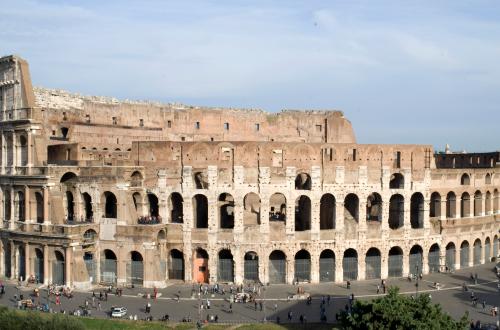
 Condividi
Condividi
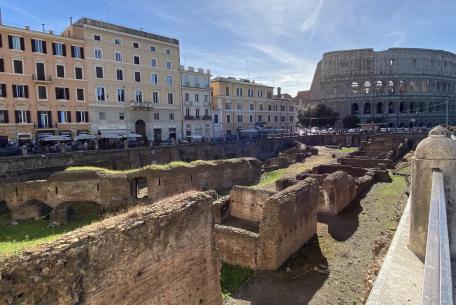
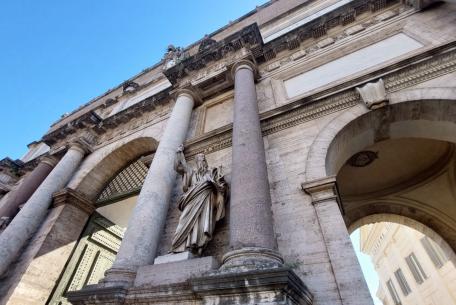
Built under Emperor Aurelian in the third century, this door was also known as Porta Flaminia because the Via Flaminia came out from it and still does.
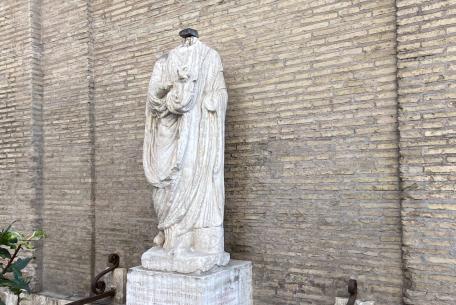
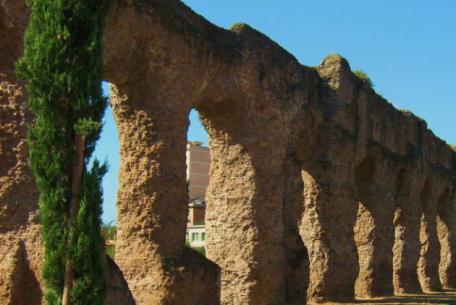
The Alexandrian aqueduct (Aqua Alexandrina) is the last, in chronological order, of the great Roman aqueducts.
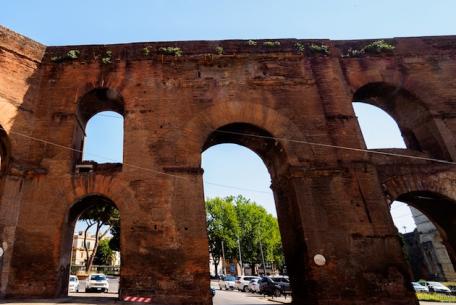
The Nero aqueduct, also known as the "Celimontano Aqueduct", winds its arches along a path that from Piazza di Porta Maggiore passes through via Statilia reaching the Celio
[...]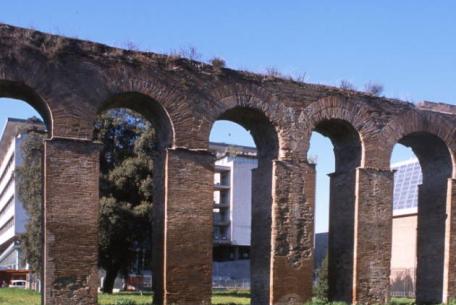
The aqueduct, which comes from the Porta Tiburtina area, heads towards the area of
[...]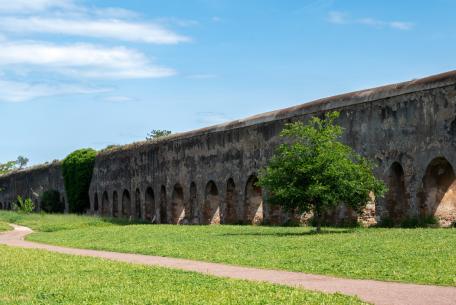
The Felice aqueduct owes its name to Pope Sixtus V - Felice Peretti - who built it in the 16th century and runs along a path that, from Via Prenestina, arrives at
[...]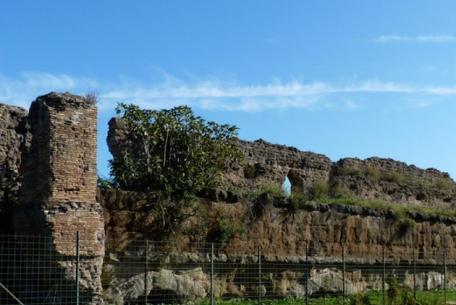
The Marcio aqueduct was one of the longest Roman aqueducts and was built by the praetor Quinto Marcio Re in 144 BC. The springs are located in the
[...]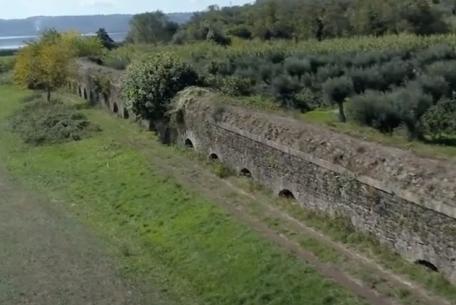
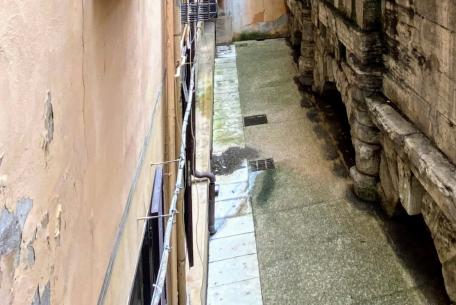
The architectural remains in Via del Nazareno constitute the most noteworthy still visible section of the urban route of the Vergine aqueduct.
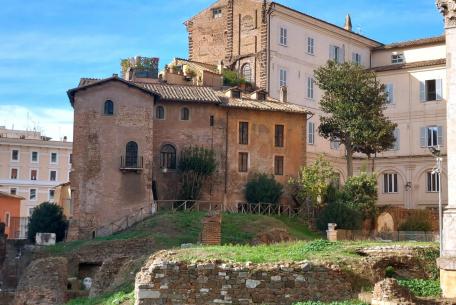
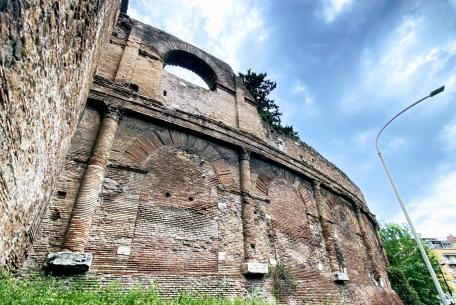
Besides the Archeological area of Santa Croce in Gerusalemme, the
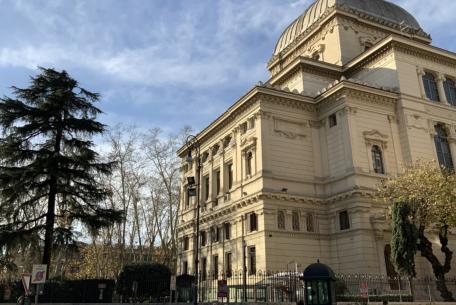
Located inside Rione XI - Sant'Angelo, the Jewish Quarter of Rome is one of the hidden t
[...]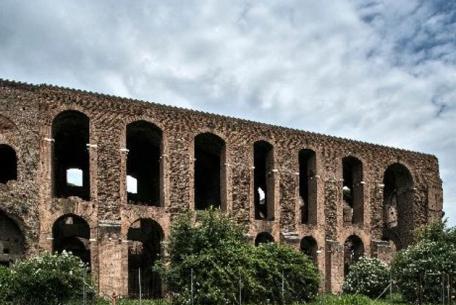
The Severian Arches are located on the outermost part of the Palatine, opposite the
[...]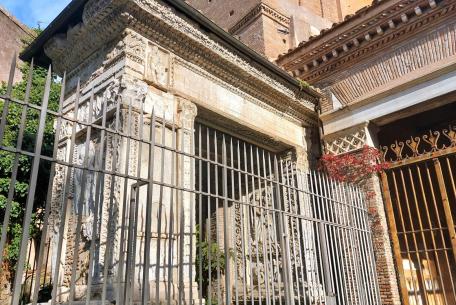
In spite of the name by which it is known, this well-preserved monumentit is an architraved gate erected in 204 A.D.
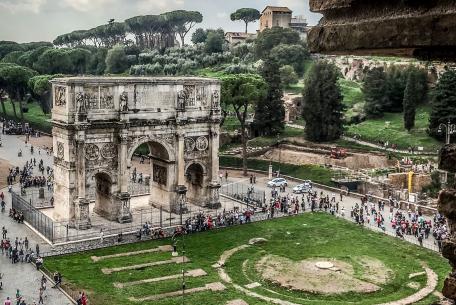
The Arch of Constantine is the largest of the three triumphal arches still preserved in Rome, about 25 meters high, located along the road usually used by the triumphs, in the stre
[...]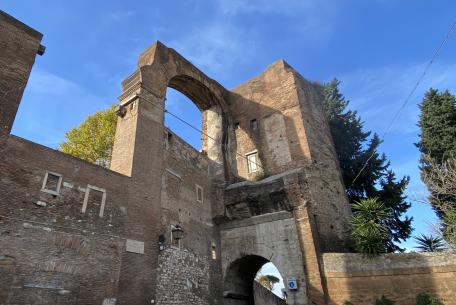
In ancient times, the Celio hill, on which the rione of the same name extends, was called Mons Querq
[...]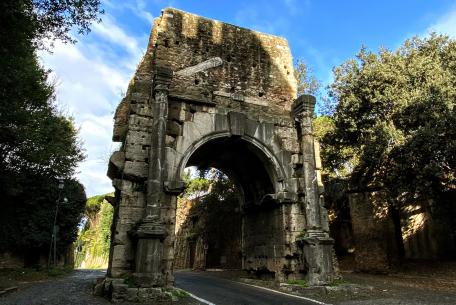
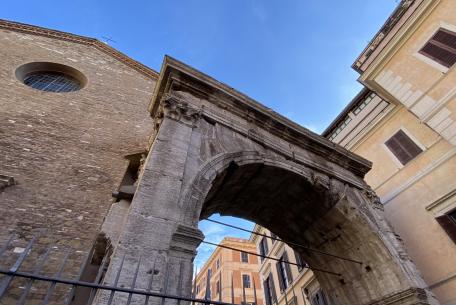
Nestled up against the church of Santi Vito e Modesto, the arch marks the exact spot w
[...]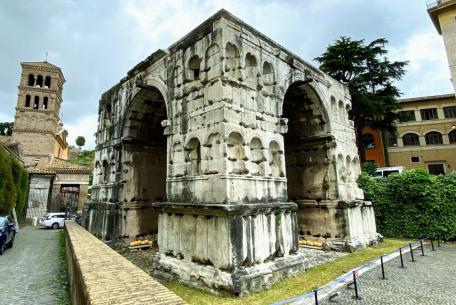
It was the last monumental building erected in the eastern part of the Forum Boarium, a vast area that
[...]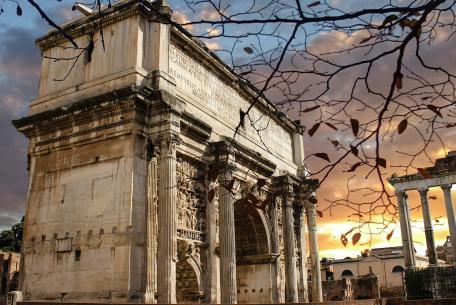
To the emperor Caesar Lucius Septimius Severus Pius Pertinax Augustus Parthicus Arabicus Parthicus Adiabenicus, son of Marcus, father of his country, Pontifex Maximus, in the eleventh year of h
[...]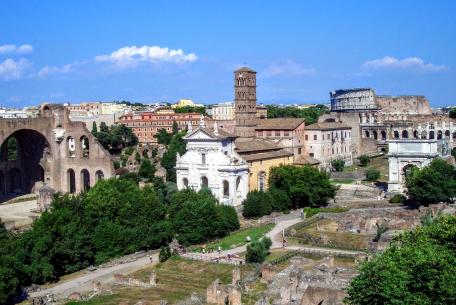
«SENATUS POPULUSQUE ROMANUS DIVO TITO DIVI VESPASIANI F(ILIO) VESPASIANO AUGUSTO,» or, «The Senate and the Roman people to the divine Titus, son of the divine Vespasia
[...]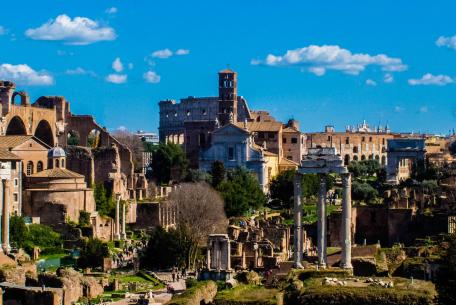
The Imperial Fora are a monumental architectural complex, formed by a series of buildings and monumental squares, the centre of the political activity of ancient Rome, built in a p
[...]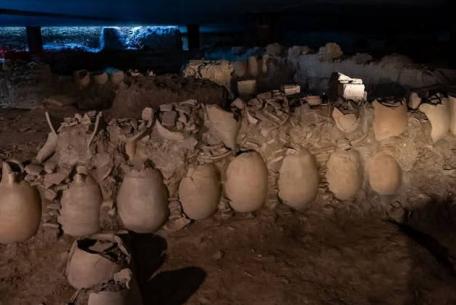
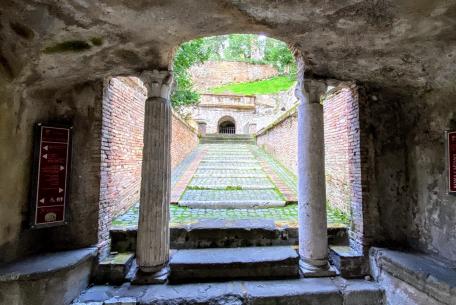
The archaeological area of the Tomb of the Scipios is located along the urban stretch of the ancient Vi
[...]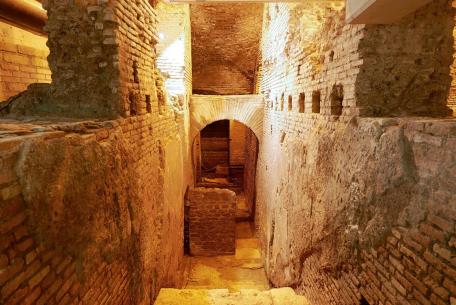
A few steps from the Trevi Fountain, over nine meters below today’s street level, the archaeologica
[...]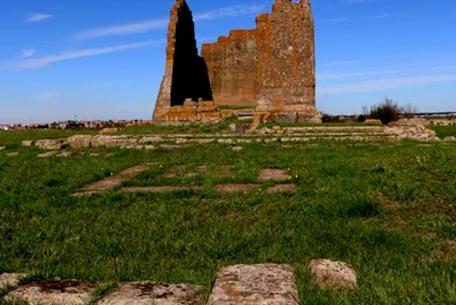
The archaeological area of the city of Gabii is located along the ancient via Prenestina, about 20 kilometers from Rome, near the volcanic lake of Castiglione, n
[...]
 Condividi
Condividi
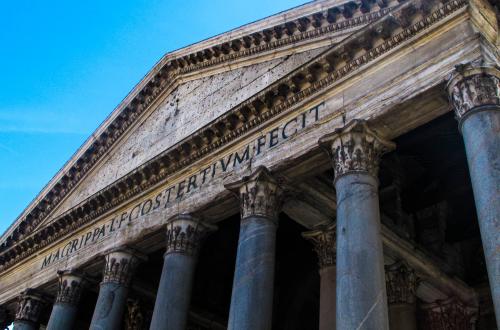
 Condividi
Condividi
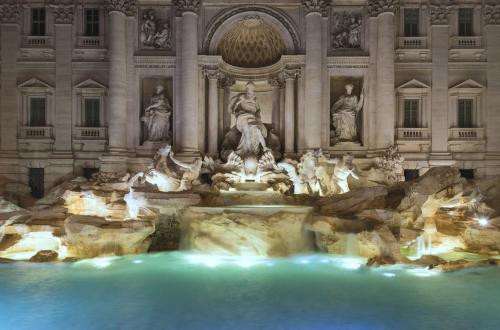
 Condividi
Condividi
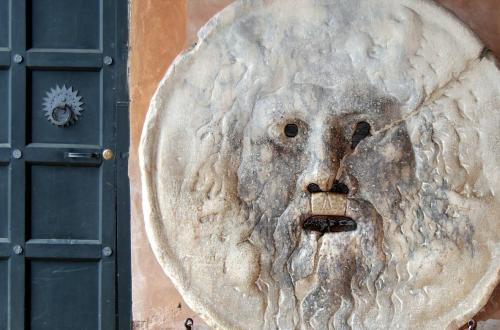
 Condividi
Condividi
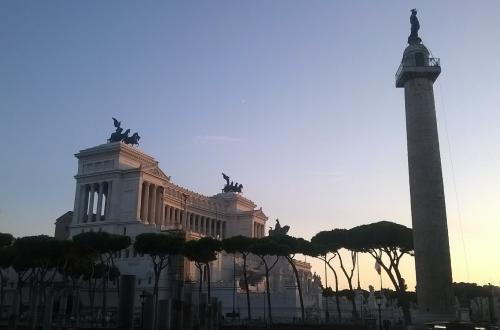
 Condividi
Condividi
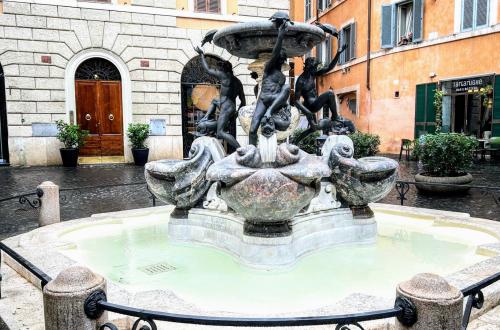
 Condividi
Condividi
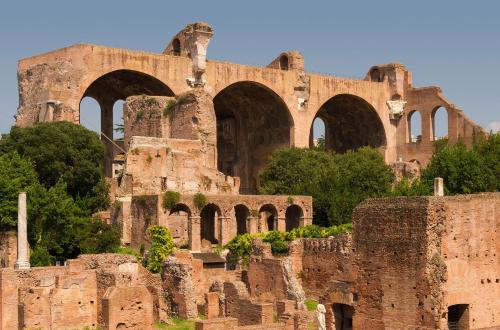
 Condividi
Condividi